Bacardi is a rum with a white or amber color, with a soft and dry taste. The alcohol is produced only by Bacardi & Company Limited and is the main ingredient in many popular cocktails.
The brand's logo is the fruit bat, inspired by the fact that fruit bats would make their nests in the distillery storehouses in the past.
History of Bacardi
The history of the popular rum began in the 19th century in Cuba. Its creator was the Spanish immigrant Facundo Bacardi, who made the very 1st bottles of the alcohol in his home.
Don Facundo experimented over and over until he was finally able to determine the different stages of production, the exact ingredients and their proportions.
With his recipe, the Spaniard made the rum a popular beverage among high society as well, since up until then it was predominantly drunk by pirates.
His company Bacardi у Compania opened its doors on February 4, 1862 and since then until today has continued the industrial production of the rum, with the entire production and distribution methods becoming a family tradition, with only members of the Bacardi family at the very head of the company.
Production of Bacardi
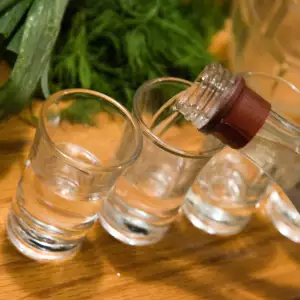
Production begins with the delivery of fresh molasses from sugar cane - one of the main ingredients of the rum. Molasses is very similar to honey in its consistency but significantly darker.
Water and starter culture is added to the molasses and is then left to ferment. This process turns the molasses into alcohol. The starter culture is a closely guarded secret. It was discovered by the creator of Bacardi, Don Facundo Bacardi, who cultivated the variety.
In the 1st stage of fermentation, the starter culture consumes the sugar in the molasses, stimulating its transformation into alcohol. At this stage, the result is a distilled beer.
During the 2nd stage, the alcohol begins to release carbon dioxide. The heat needs to be monitored at this stage because a higher temperature does not have a good effect on the starter culture. The temperature that needs to be maintained is between 90°F (31°C) and 100°F (35°C).
After fermentation ends, the next stage can begin - distillation. 1st the distilled beer is heated in order for the alcohol to evaporate. The fumes of the alcohol float up, going through a condenser, where they cool and turn into distillate.
The alcohol separates from the beer through this process and if the alcoholic content is not enough, the distillate too will be less. From this process results a rum base - a spiced, 150% ABV distillate.
After the end of fermentation, the distilled beer has an ABV of 10%. After the end of distillation, this increases to between 70-75% ABV. The 2nd base of the future rum goes through this process as well.
After distillation, the rum needs to be mixed, with the proportions of the 2 bases determined by the so-called mixers. One base is almost neutral, while the other possesses the typical flavor and aroma associated with Bacardi.
No matter if it's a white or dark rum, the final product is a combination of the 2 rum bases. Once the bases are mixed, it's time for the next stage - aging. But before it is put in barrels, the rum is passed through a carbon filter.
The rum ages in wooden barrels, which alter its taste, color, consistency and aroma. Bacardi is always aged in used barrels, since fresh wood would leave an uncharacteristic taste in the alcohol.
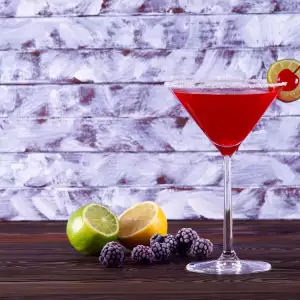
The most important thing during the aging process is to keep track of the evaporation. 20 bases are chosen from the aged rum, which are combined in various proportions by mixers.
The final stage of rum production is its bottling with the Bacardi label.
Choosing and Storing Bacardi
Original Bacardi rum has the label Bacardi & Company Limited. It now offers several varieties - Bacardi Mojito, Bacardi Raspberry, Bacardi Apple, Bacardi White, Bacardi Oro (Gold), Bacardi Oakheart and Bacardi Black.
The rum needs to be stored in a dry and cool place, away from direct sunlight in a tightly closed bottle.
Cocktails with Bacardi
Besides in raw form, the rum is used as a base for a myriad of cocktail recipes. White Bacardi rum is used to make the popular cocktail Cuba Libre. What is needed is 2 2/3 tbsp of rum, 15 drops lemon juice, Coca-Cola and a lemon slice for decoration.
Pour the rum into a tall glass with ice, add the lemon juice and fill up to the top with Cola. Stir carefully with a spoon and garnish with a lemon slice.
White Bacardi is also used to make Mojito. For it you will need 3 1/3 tbsp rum, 12 fresh mint leaves, half a lime, 4/5 cup baking soda and 2 tbsp brown sugar.
Put the mint leaves, sugar and lime in a tall glass and crush them with a muddler. Then add the baking soda.
The Daiquiri cocktail also uses Bacardi. You will need 3 1/3 tbsp white rum, 1 1/3 tbsp sugar syrup, 2 tbsp lemon juice and ice. Mix the ingredients in a shaker with ice cubes, shake well and strain.
Using 3 1/3 tbsp White Bacardi rum, 1 1/3 tbsp gin, 1 lemon, 1 tsp sugar and 5 drops of grenadine, you can mix the Bacardi Special cocktail. Combine all of the ingredients in a shaker and then strain.
These cocktails, as well as the rum itself, are suitable for serving before dinner.
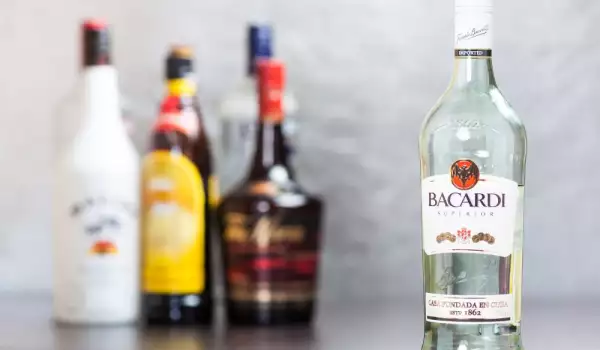
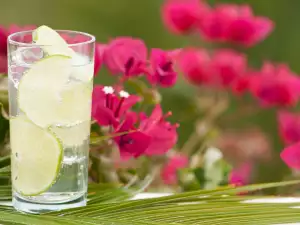
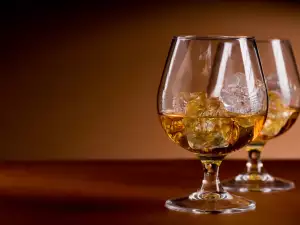
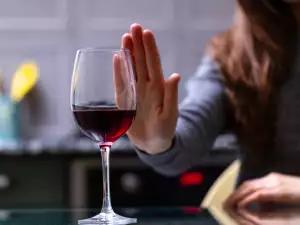
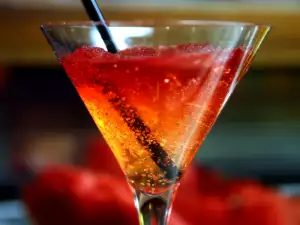
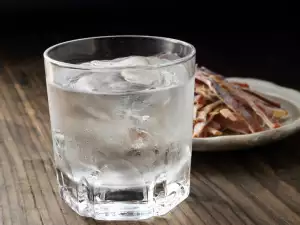
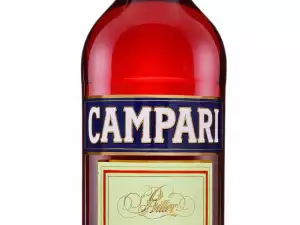

Comments